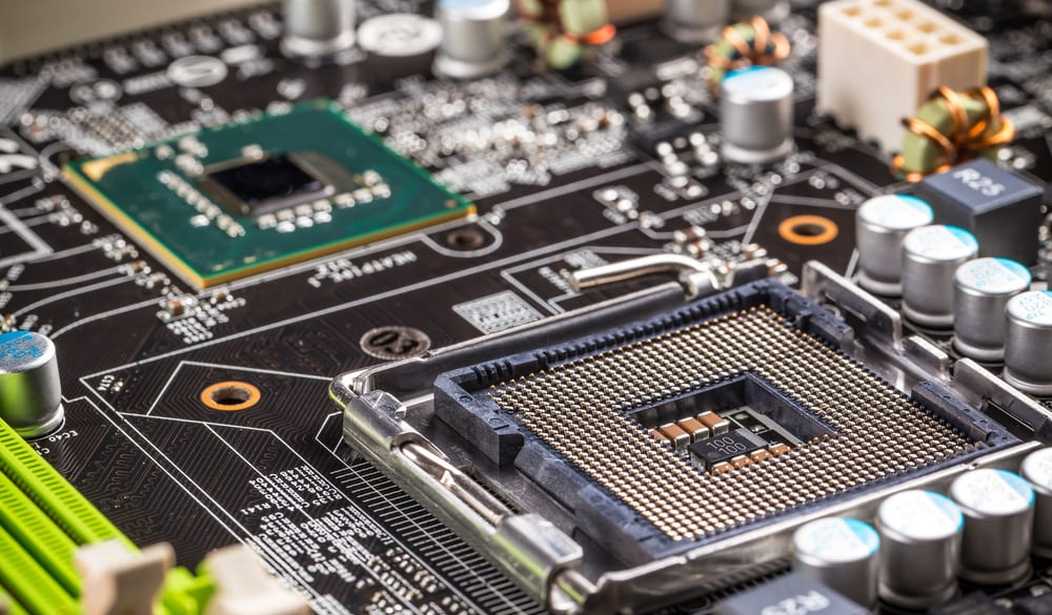How likely is that we’ll see high-tech products made in the U.S. in the next few years? I’m referring to products that are composed of electronics, a display, a precision metal or plastic housing and perhaps several processor and wireless chips. Products like an iPhone, notebook computer, or a camera. And would building these products in the U.S. really bring back lost manufacturing jobs?
I’m looking at this from having begun my career developing consumer tech products in Massachusetts that were manufactured there, as well as in Arkansas. I’d visit the factories and work with the workers assembling the products I had helped design. At the time, no one would have imagined that these factories would disappear and manufacturing would move out of the country.
So how did it happen? As products became more complex, more of the components were electronics and other difficult to make parts, and more of them came from Japan, where the technologies originated and the component factories were located. Think displays, complex machined and molded parts, optics, electronics—the parts that go into a camera, TV, disc player, video recorder, and a quartz watch, all products that Japan pioneered and excelled in manufacturing.
Japan had a unique ability to build high-quality products, better than what we were able to build in the U.S. And it was easier to do as an engineer. I’d take a design to a manufacturing company in Japan with relevant experience, and they’d deliver the product much faster than the time it took to do it in my own company in the U.S. Why? The workers were hungrier, more ambitious, and were willing to work longer hours. It was no cheaper to do, but the work ethic was higher, making it faster; and being first to market is what counts with highly competitive consumer technology products.
It was a decade later that production of many of these tech products moved from Japan to China. While cheap labor began the migration of manufacturing to China, what really made a difference was the Chinese government making huge investments in their infrastructure to build new cities to support their consumer product manufacturing. They knew cheap labor would not last, as the standard of living was improving, and companies would eventually move elsewhere. By creating these huge centers, savings would come from the efficiencies of everything being located together.
So while cheap labor planted a seed, China created and nurtured the environment that turned the seeds into manufacturing forests. The government built highways, manufacturing parks, housing, skyscrapers, airports, libraries, and public transportation—all to support the making of consumer tech products.
That, in turn, caused more of the parts manufacturers to locate there, to be close to their customers, namely other factories that bought their parts and assembled the final product.
So imagine a metropolitan area with thousands of companies that can make most anything. It becomes a magnet for attracting other suppliers from Japan, the U.S., Taiwan, Korea, and Europe to build their factories there. Why? Because they can be close to their customers who put their parts into the products being built. If they are not nearby, a competitor will be and get the business. No manufacturer wants to be dependent on buying parts from afar, adding logistics, transportation costs, and risks of disruption. And it turned out that these parts in technologically complex products are at least 80% of the product’s cost; labor is the rest. So now companies go to China to build products, not so much for labor savings, but for the efficiencies of everything being nearby.
So it’s too simplistic to say we are going to bring our jobs back to the U.S. to make products now being made in China, without understanding it’s not just building a factory, but building the entire manufacturing community and relocating the hundreds of suppliers that make the components that go into the products.
While politicians may want to showcase the building of products now being made in China, they will cost much more and few of us will buy them when the alternatives are much less expensive. The best way to rebuild our manufacturing jobs is to build new kinds of products, rather than trying to replicate products that are now being built by well-entrenched manufacturing centers in China. Build products that are still being invented such as new battery technology, new kinds of appliances, or modular housing. So don’t expect to see iPhones built in the U.S.—not unless most of its components are also made in the U.S.









Join the conversation as a VIP Member